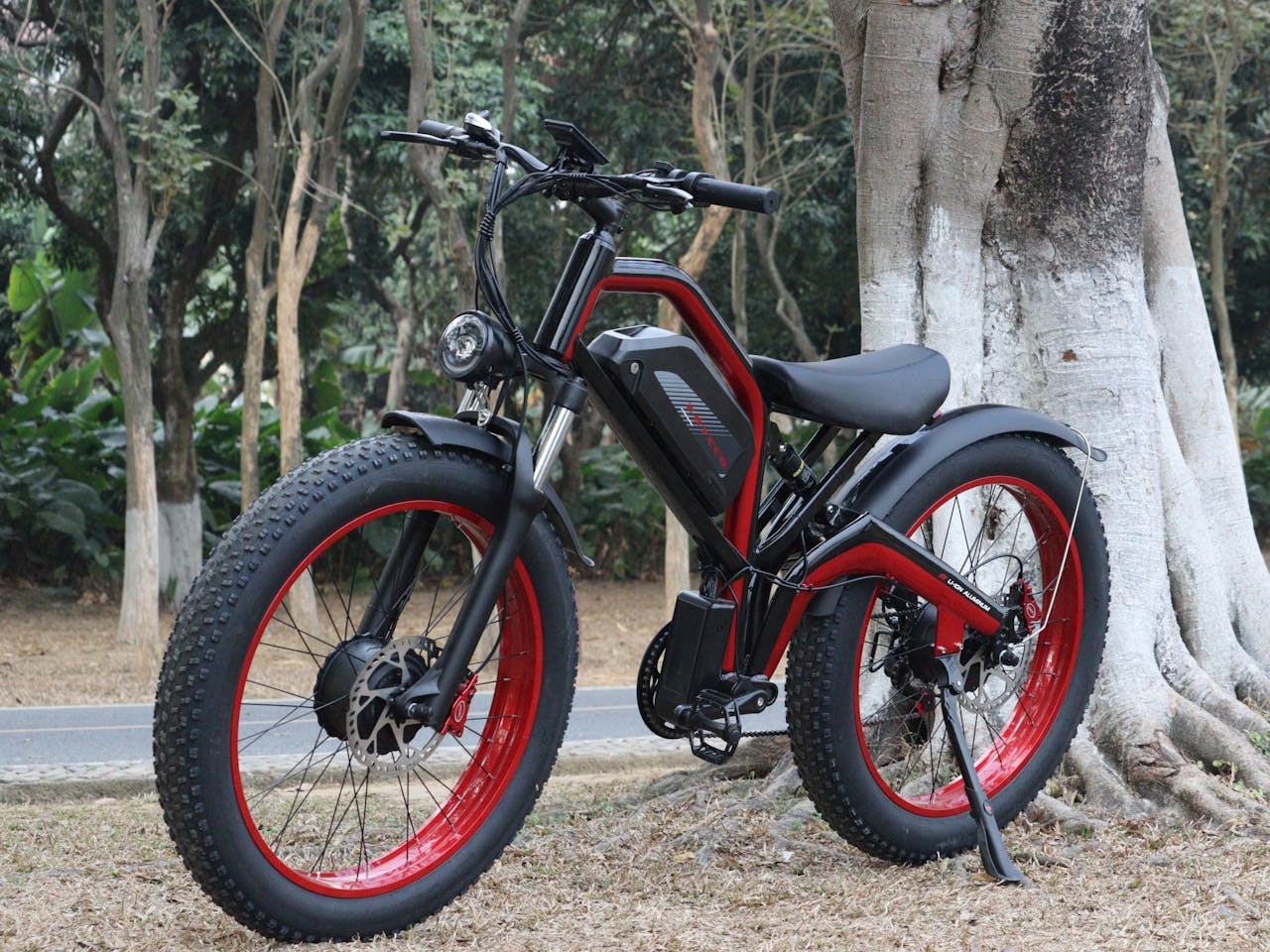Hybrid vs. Gravel: A Tale of Two Bikes
While hybrid and gravel bikes may seem similar at first glance, they are tailored for distinct riding experiences. Understanding their key differences can help you choose the right bike for your specific needs.
Hybrid Bikes: The Versatile All-Rounder
Hybrid bikes are designed to be versatile, suitable for a wide range of riding conditions, from city streets to suburban trails.1 They strike a balance between road bike efficiency and mountain bike durability, making them a popular choice for casual riders and commuters.2
Key characteristics of hybrid bikes:
- Upright riding position: Promotes comfort and visibility, ideal for city riding and commuting.3
- Flat handlebars: Simple and intuitive to use, offering a relaxed grip.
- Smooth tires: Designed for paved surfaces, providing a comfortable and efficient ride.
- Durable frame: Built to withstand the rigors of daily use and light off-road excursions.4
- Wide range of gears: Suitable for both flat and hilly terrain.
Gravel Bikes: Adventure Awaits
Gravel bikes are purpose-built for off-road riding, capable of handling a variety of surfaces, from smooth gravel roads to rugged trails.5 They offer a blend of speed, comfort, and durability, making them perfect for exploring the great outdoors.
Key characteristics of gravel bikes:
- Drop handlebars: Provide multiple hand positions, reducing fatigue on long rides and enhancing aerodynamic efficiency.6
- Wider tires: Offer better traction and comfort on rough terrain.
- Durable frame: Designed to withstand the demands of off-road riding.7
- Wide range of gears: Suitable for climbing steep hills and maintaining speed on flat roads.
- Disc brakes: Provide superior braking performance in all weather conditions.8
Comparing the Two: A Detailed Breakdown
| Feature | Hybrid Bike | Gravel Bike |
|---|---|---|
| Riding Position | Upright | More aggressive, forward-leaning |
| Handlebars | Flat handlebars | Drop handlebars |
| Tires | Narrow, smooth tires | Wider, knobby tires |
| Frame | Durable, often aluminum or steel | Lightweight, often carbon fiber or aluminum |
| Gears | Wide range for versatility | Wide range for climbing and speed |
| Brakes | Disc or rim brakes | Disc brakes |
| Suspension | Minimal or no suspension | Often equipped with suspension forks |
When to Choose a Hybrid Bike
- Urban commuting: Ideal for navigating city traffic and commuting to work.9
- Casual riding: Perfect for leisurely rides around the neighborhood or on bike paths.
- Fitness riding: Suitable for low-impact workouts and building endurance.
When to Choose a Gravel Bike
- Off-road adventures: Explore dirt roads, gravel paths, and light trails.10
- Bikepacking and touring: Carry gear for multi-day trips and bikepacking adventures.
- Road riding: Capable of handling paved roads and long-distance rides.

The Overlap
While hybrid and gravel bikes have distinct characteristics, there is some overlap between the two categories.11 Some hybrid bikes, particularly those with wider tires and more durable frames, can handle light off-road riding.12 Similarly, some gravel bikes, especially those with relaxed geometry and wider tires, can be comfortable for commuting and casual riding.13
Diving Deeper: Hybrid vs. Gravel Bikes
While hybrid and gravel bikes share some similarities, understanding their nuances can help you make an informed decision.
Geometry and Riding Position
- Hybrid Bikes:
- Upright riding position, prioritizing comfort and visibility.
- Relaxed geometry, suitable for casual riding and commuting.
- Gravel Bikes:
- More aggressive, forward-leaning riding position.
- Performance-oriented geometry, designed for speed and efficiency.
Tires and Wheel Size
- Hybrid Bikes:
- Typically use 700c wheels with smooth, narrow tires.
- Optimized for paved surfaces, offering a comfortable ride.
- Gravel Bikes:
- Often use 700c or 650b wheels with wider, knobby tires.
- Designed to handle a variety of terrains, from gravel roads to dirt trails.
Frame and Fork
- Hybrid Bikes:
- Durable aluminum or steel frames.
- Minimal or no suspension.
- Gravel Bikes:
- Lightweight aluminum or carbon fiber frames.
- Often equipped with suspension forks for added comfort on rough terrain.
Drivetrain and Brakes
- Hybrid Bikes:
- Wide-range gearing for versatility.
- Disc or rim brakes.
- Gravel Bikes:
- Wide-range gearing for climbing and descending.
- Disc brakes for superior braking performance in all conditions.
Choosing the Right Bike
To make the best choice, consider your riding style and preferences:
- Hybrid Bikes:
- Ideal for commuting, fitness riding, and casual cycling.
- Suitable for paved surfaces and light off-road trails.
- Gravel Bikes:
- Perfect for adventure riding, bikepacking, and gravel racing.
- Capable of handling a wide range of terrains, from smooth roads to rugged trails.
Ultimately, the best way to determine which bike is right for you is to test ride both options. Pay attention to how comfortable you feel in each riding position and how well the bike handles on different surfaces.










